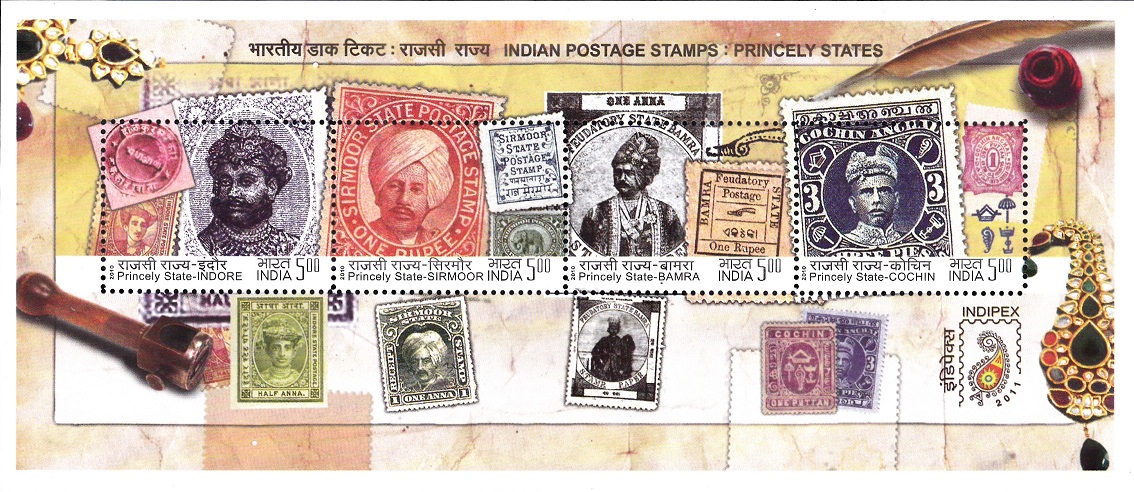
Postage Stamps of Princely States of India
A Miniature Sheet consisting of 4 nos of commemorative postage stamps on Indipex 2011 : Indian Princely States : Sirmaur, Indore, Bamra and Cochin :
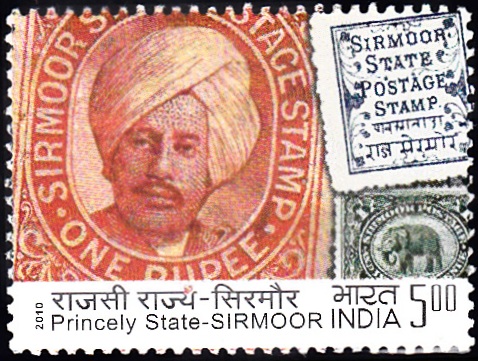
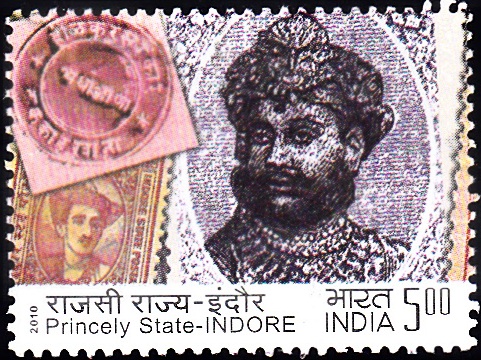
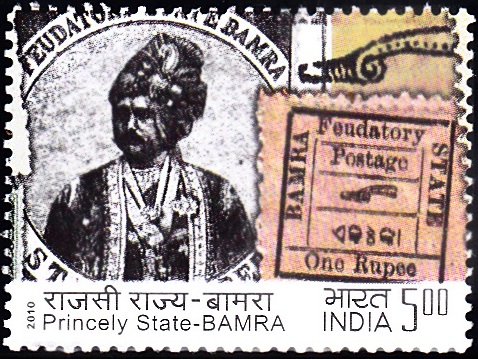
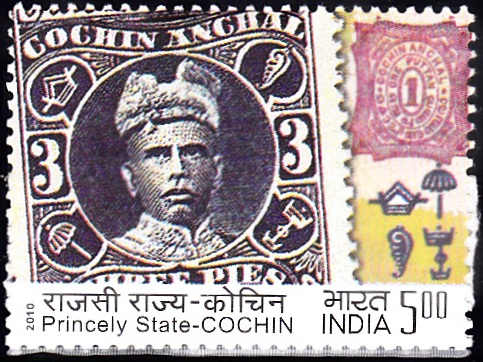
 Issued by India
Issued by India
Issued on Oct 6, 2010
Issued for : India Post is happy to issue a set of commemorative postage stamps on the stamps issued by the Princely States of India.
Credits :
Stamp & FDC : Kamleshwar Singh
Cancellation : Alka Sharma
Type : Miniature Sheet, Mint condition
Colour : Multi colour
Denomination : 500 Paise each
Stamps Printed : 0.4 Million each
Miniature Sheets : 0.3 Million
Printing Process : Wet Offset
Printer : India Security Press, Nasik
About :
- India prior to 1947 consisted of – India under the British Rule and Princely States or Native India. A Princely State was generally a nominally sovereign entity under British rule in India that was not directly administered by the British, but rather by an Indian ruler under a form of indirect rule such as suzerainty or paramountcy.
- There were as many as 568 states in India before Independence. These native states ceased to exist after Independence as per the provisions of the India Independence Act, 1947.
- However, some of these Princely States left a legacy which is valuable in philatelic circles. The set of four commemorative postage stamps on Princely States depict the stamps issued by the Princely States – Sirmaur, Indore, Bamra and Cochin.
- The postage stamps issued by the states carried the portraits of the kings and princes, regal insignia or symbols. Printed using a variety of methods and colours, the stamps were sometimes overprinted too. The history of each state was inextricably linked with its postage stamps and stationery.
- Sirmaur :
- The princely State of Sirmaur was founded in 1616. It was located in the region which is now the Sirmaur district of Himachal Pradesh. The state was also known as Nahan after its main city. It was ruled by Rajput chiefs who used the title Raja. The state was founded by Soba Rawal who assumed the name Raja Sobans Prakash. The new capital was founded in 1621 by Raja Karam Prakash who renamed the state Sirmaur.
- The stamps of Sirmaur are sometimes considered the most attractive amongst the feudatory state stamps. Generally in denominations of pies and annas, they were issued from 1879 onwards.
- Indore :
- Indore was an important princely state in Central India. Founded by the ancestors of present day land owners in the region, it spread from the banks of Narmada to the borders of Rajputana with headquarters at a village named Kampel. Their rulers were conferred different titles like Chaudhari during Mughal rule, Mandloi during the Peshwa rule and Raja Rao by the Holkars.
- Rao Nandlal Chaudhary, the founder of Indore, was the Chief Zamindar (landlord). While visiting the temple of Indreshwar near the banks of river Saraswati, Rao Nandlal found the area to be safe and strategically located, so he constructed the fort of Shree Sansthan Bada Rawala there. The city was named lndrapur (after Lord Indreshwar), and eventually came to be known as Indore.
- Malhar Rao Holkar, in later years appointed as the Subedar of Indore, was succeeded by his daughter Ahilyabai Holkar who ruled from Maheshwar. After defeat at the hands of the British the capital of the Holkars shifted to Indore. Today, Indore is a part of Madhya Pradesh.
- Stamps were issued from 1885 to 1906, when the state postal service was taken over by the British India Post Office. The stamps carried the denomination in annas.
- Bamra :
- Bamra, one of the princely States, covered an area of 5149 square km. The state is one of the five Oriya feudatories, which were transferred from the Central Provinces to Bengal, on the reconstitution of that province in October 1905 with Deogarh as its capital.
- According to a legend, the Raja of Bamra belonged to the Ganga Vanshi dynasty of Utkal, and was made the ruler of the state of Bamra around 1602. The last ruler of Bamra state was Raja Bamra Bhanuganga Tribhuban Deb, 1920-1947.
- Stamps were issued by the state from 1888 to 1894 when its postal system was replaced by the British India Post Office. The state stamps were in denomination of annas.
- Cochin :
- The Kingdom of Cochin included much of modern day Thrissur district, Chittoor taluk, Kochi taluk, parts of Kanayannur taluk, Aluva taluk and Paravur taluk which are today a part of Kerala.
- Over the Centuries, the princely state of Cochin came under numerous empires. The original local rulers from time to time were controlled by the Portuguese, Dutch, British and even the Zamorin of Kozhikode (Calicut), Around 1530 AD, under the Portuguese, Cochin grew into a prosperous town. The first European fort, Fort Emmanuel, was built by them.
- The Dutch emerged victorious over the Portuguese in 1663 and built Fort Williams here. They were defeated by Hyder Ali and Tipu Sultan of Mysore. In 1814, Kochi too became a part of the British empire. Later Cochin was the first Indian state to willingly join the Indian Union in 1947. In November, 1956 it was merged with the Malabar district of Madras state to form the present day Kerala state.
- The Stamps were, issued from 1892 to 1949 in denominations of pies and puttans.
- Text : Based on materials provided by several Philatelists.


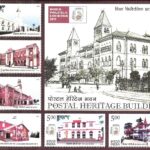
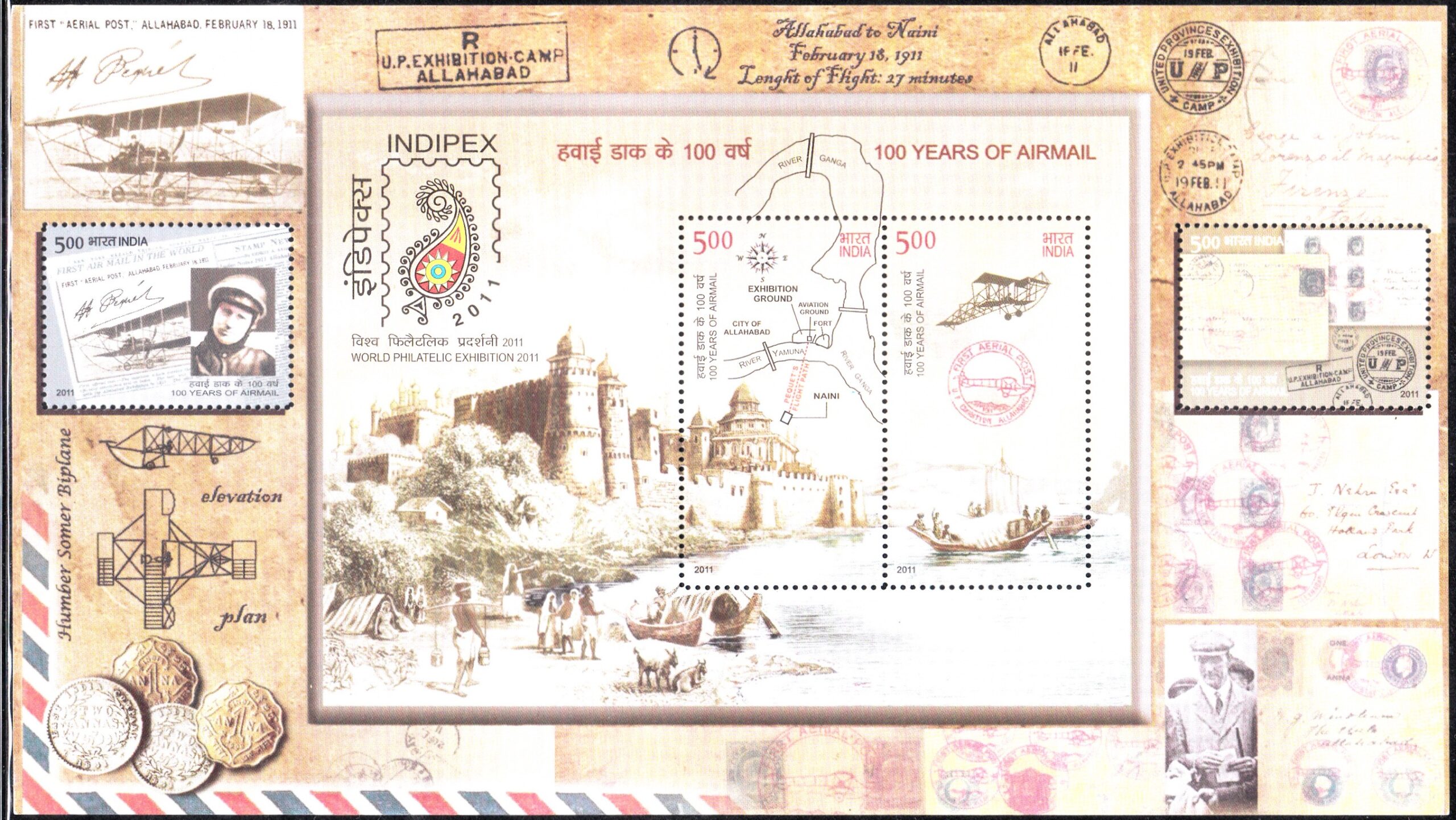
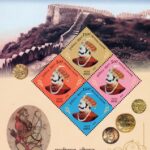
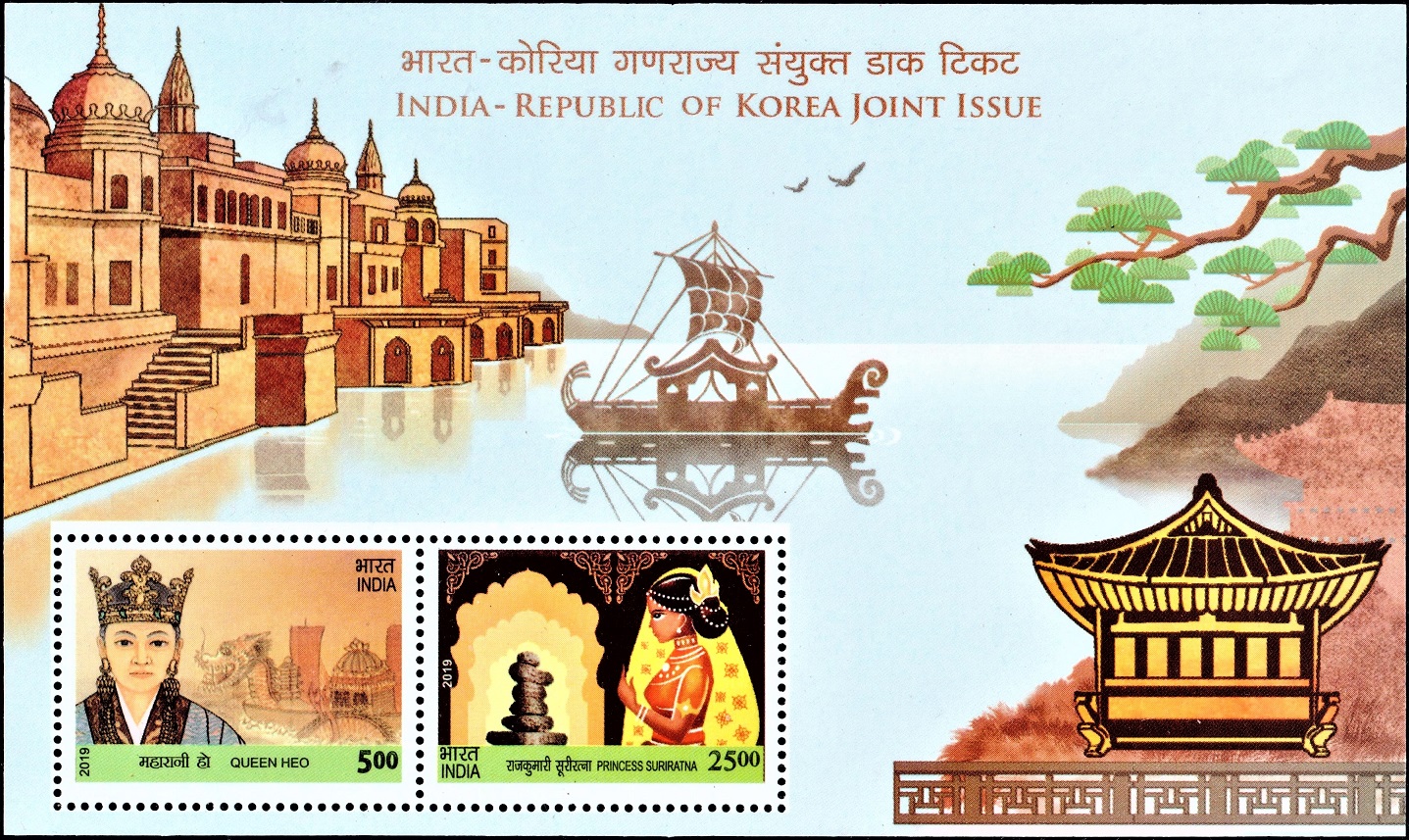
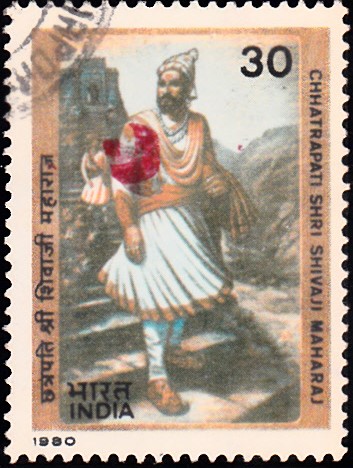
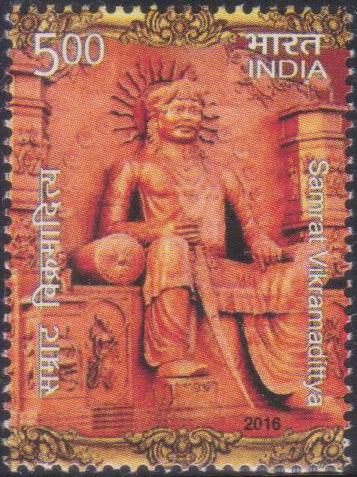
[…] of six stamps was on Postal Heritage Buildings. The second set of four stamps was on the stamps issued by princely States and the third and final set is commemorating completion of 100 years of Airmail […]